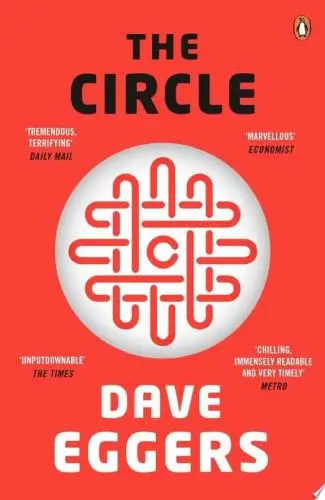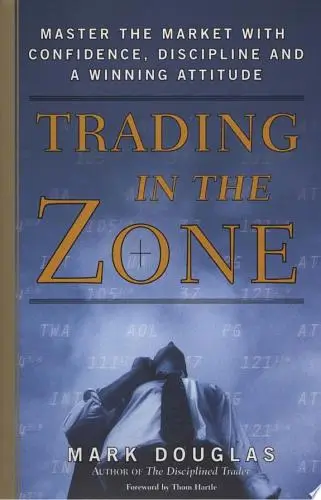Structures
or Why things don’t fall down
What's it about?
Structures or Why Things Don’t Fall Down by J. Gordon offers you an insightful exploration of the principles underlying stability and structural integrity. You will discover how everyday structures, from bridges to buildings, maintain balance and withstand forces. Gordon breaks down complex concepts into relatable explanations, helping you understand the fundamentals of engineering without needing a technical background. The book emphasizes the importance of materials, design, and physics, providing you with a solid foundation in the art and science of structures. Engaging illustrations further enhance your learning experience.
About the Author
J. Gordon is an author known for crafting intricate narratives with a focus on psychological depth and societal critique. His works often explore themes of identity, morality, and human connection, employing a nuanced, introspective writing style that encourages readers to question their perceptions and assumptions.
5 Key Ideas of Structures
Strength Comes from Surfaces
The strength of a structure is determined by its surface area, teaching us that how we present ourselves to the world can define our true resilience.
Imagine a thin sheet of steel compared to a heavy, solid metal cube. Despite appearances, the sheet, with its larger surface area under certain conditions, can withstand greater pressures due to its ability to distribute force effectively.
- Greater surface area allows for better force distribution, minimizing stress concentration.
- Structures with wider bases or more contact points tend to be more stable, akin to creating a strong support network in our lives.
- Understanding the importance of surfaces can transform how we approach problem-solving, looking at the facets we often overlook.
Today, identify an aspect of your life or work where enhancing your visibility (surface) could lead to greater stability or opportunity.
Avoid assuming that strength is derived solely from mass or volume. It’s about how effectively one distributes and handles pressure.
Flexibility Over Rigidity
The ability to bend without breaking—like a well-designed bridge—often leads to greater longevity and success than rigidly sticking to one path.
Consider a skyscraper swaying in the wind. Its design includes elements of flexibility to withstand external forces, just as our flexibility in thinking can help us navigate life's gusts.
- Flexible structures adapt to changes and absorb energy without breaking, like bamboo in a storm.
- Maintaining elasticity in one’s mindset promotes openness to new ideas and unexpected challenges.
- Rigidity often leads to failure under stress, as seen in brittle materials that snap under tension.
Adopt a flexible mindset today by considering alternatives for a decision you’re faced with, rather than defaulting to your usual approach.
Don’t confuse flexibility with indecisiveness; it's about strategic adaptability, not lack of direction.
The Hidden Power of Tension
Harnessing tension—like that found in a well-strung bow—can drive progress and propel success when managed correctly.
Think of a violin string: too loose, it produces no sound; too tight, it snaps. The right tension makes beautiful music, just as balanced stress can lead to amazing outputs.
- Tension, when controlled, can strengthen both materials and personal resolve.
- Balanced tension promotes performance optimization, as seen in finely tuned machines.
- Understanding and utilizing tension can enhance productivity and focus.
Identify a personal or professional tension that feels overwhelming and reframe it as a source of potential energy you can use to your advantage.
Avoid letting tension become synonymous with stress. Instead, view it as controlled energy for growth.
Deeper knowledge. Personal growth. Unlocked.
Unlock this book's key ideas and 15M+ more. Learn with quick, impactful summaries.
Read Full SummarySign up and read for free!
Structures Summary: Common Questions
“The structure of a thing is as important as its function; often, the two are inseparable.” This quote really encapsulated my experience with Structures or Why Things Don’t Fall Down by J. Gordon. The book dives into the surprisingly delicate balance between engineering principles and the natural pull of gravity, keeping you hooked with its engaging explanations. Gordon skillfully combines technical insights with everyday examples that highlight the marvels of structural design – from bridges to skyscrapers, making you really appreciate the hidden complexities underlying our built environment.
One of the sections that had me scratching my head involved the discussion on tension and compression. Gordon illustrates how different materials respond uniquely under stress, and while the math can get intricate, he breaks it down well enough to keep the reader engaged. His ability to make complex topics accessible reminded me of The Physics of Everyday Things by James Kakalios, which also demystifies scientific principles in a captivating manner.
Overall, I found Structures both enlightening and thought-provoking. It's perfect for anyone curious about engineering or simply looking to understand the world around them a bit better. I would definitely recommend it to your reading list if you enjoy books that challenge your perspective on how things work!
Experience Personalized Book Summaries, Today!
Discover a new way to gain knowledge, and save time.
Sign up for our 7-day trial now.
No Credit Card Needed

Similar Books

Mathematics for Machine Learning
Marc Peter Deisenroth
Clinical Microbiology
Parslow
Medical Laboratory Science Review
Robert R Harr
Superagency
Reid Hoffman
Artificial Intelligence
Nicola Acocella
Frankenstein
Mary Shelley
The Circle
Dave Eggers
Roitt's Essential Immunology
Peter J. Delves
Laws of UX
Jon Yablonski
The Innovator's Solution
Clayton M. ChristensenTrending Summaries

Peak
Anders Ericsson
Never Split the Difference
Chris Voss
Smart Brevity
Jim VandeHei
The Psychology of Money
Morgan Housel
The First 90 Days
Michael D. Watkins
Atomic Habits
James Clear
Thinking, Fast and Slow
Daniel Kahneman
The Body Keeps the Score
Bessel van der Kolk M.D.
The Power of Regret
Daniel H. Pink
The Compound Effect
Darren HardyNew Books

The Art of Spending Money
Morgan Housel
$100M Offers
Alex Hormozi
A Candle for Kiri
Edna Mae Holm
Principles of Marketing, Global Edition
Gary Armstrong
Serpent Rising: The Kundalini Compendium
Neven Paar
Feeling Is the Secret
Neville Goddard
The 100 Best Business Books of All Time
Jack Covert
My Oxford Year
Julia Whelan
Trading in the Zone
Mark Douglas

